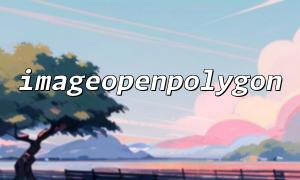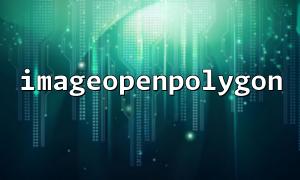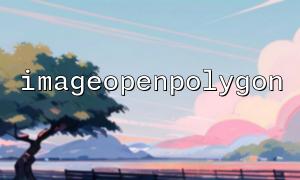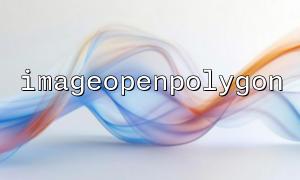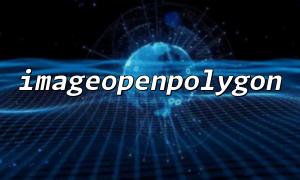When using PHP's GD library for image processing, imageopenpolygon() is a relatively rare but useful function to draw an open (non-closed) polygon path. However, in complex image processing, we often need to verify whether this drawing process is successful. An intuitive and effective method is to judge whether the drawing is completed.
This article will introduce in detail how to use color changes to detect the results drawn by imageopenpolygon() .
The basic usage of the imageopenpolygon() function is as follows:
bool imageopenpolygon(
GdImage $image,
array $points,
int $num_points,
int $color
)
$image : An image resource created by imagecreatetruecolor() or similar function.
$points : an array containing vertices in the format [x0, y0, x1, y1, x2, y2, ...] .
$num_points : The number of vertices.
$color : The color identifier used to draw polygon lines.
Usually, imageopenpolygon() returns true to indicate successful drawing, but in practical complex applications, all detailed errors may not be captured based on the return value alone, such as:
The image resource has been destroyed but the function still returns true .
The specified color is not visible in the background of the image.
Therefore, directly detecting color changes at specific positions on the image can confirm the drawing effect more intuitively.
First, create an image with a white background:
<?php
// Create a blank image
$image = imagecreatetruecolor(200, 200);
// Allocation white background
$white = imagecolorallocate($image, 255, 255, 255);
imagefill($image, 0, 0, $white);
?>
Define the points and colors of a polygon:
<?php
// Define the vertices of a polygon
$points = [
50, 50,
150, 50,
100, 150
];
// Assign red for drawing
$red = imagecolorallocate($image, 255, 0, 0);
?>
Before drawing, we select a point on a line segment that is expected to be drawn and record its current color:
<?php
// Select a point close to the polygon line
$x = 100;
$y = 50;
// Record the color before drawing
$beforeColor = imagecolorat($image, $x, $y);
?>
<?php
// Draw open polygons
$result = imageopenpolygon($image, $points, 3, $red);
?>
<?php
// Record the color after drawing
$afterColor = imagecolorat($image, $x, $y);
// Check if the color changes
if ($beforeColor !== $afterColor && $result) {
echo "Draw successfully,Color changes。";
} else {
echo "Drawing failed or color not changed。";
}
?>
By comparing $beforeColor and $afterColor , we can reliably determine whether the drawing operation is actually effective on the image.
<?php
// Output picture
header('Content-Type: image/png');
imagepng($image);
imagedestroy($image);
?>
If you want to save the image, you can also save it to your local or server using the following method, for example to save it to https://m66.net/uploads/test.png :
<?php
// Save the image to the server
imagepng($image, '/var/www/m66.net/uploads/test.png');
imagedestroy($image);
?>
The test points selected before and after drawing must be on or very close to the edge of the polygon , otherwise the color may not change.
imageopenpolygon() will not automatically close the path (i.e., do not connect the last point to the first point). If a closing effect is required, please manually add the starting point as the end point.
When the image background is similar to the color of the line, you should carefully select the test points to avoid misjudgment.
By detecting color changes, it can not only verify whether imageopenpolygon() is successfully executed, but also indirectly verify the drawing position and color correctness. This method is suitable for automated verification in complex image generation or batch processing scenarios to avoid inefficiency and error caused by naked eye inspection.
I hope this tutorial can help you better master the drawing and detection skills in the PHP GD library!


